Hello
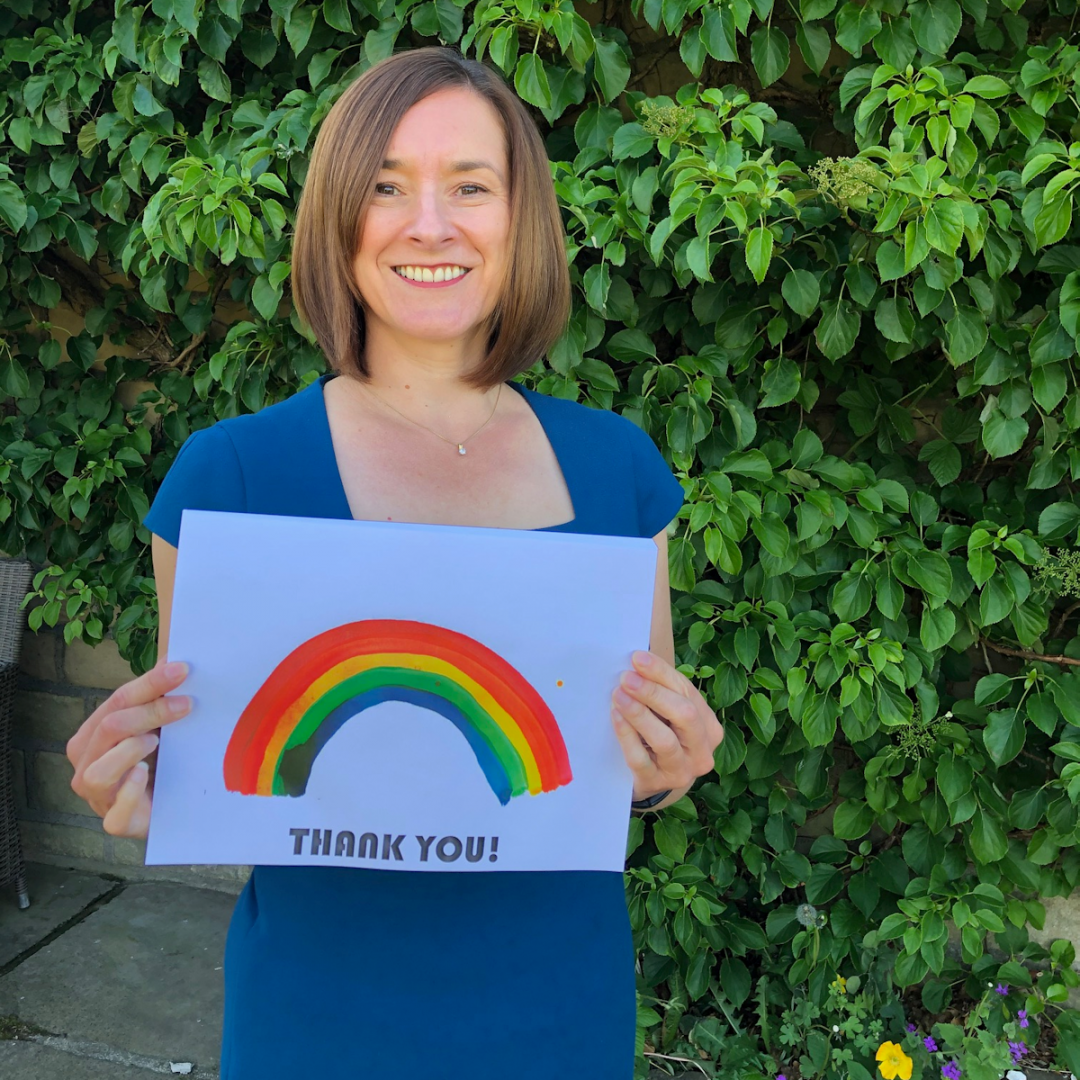
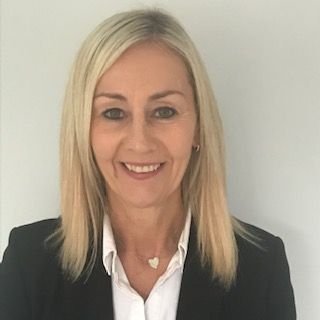 As we head towards autumn, we want to take this opportunity to reflect on the huge transformation that has taken place in primary care over the last six months, and, most importantly to say a massive thank you to everyone for the way you have responded in delivering care to our residents.
As we head towards autumn, we want to take this opportunity to reflect on the huge transformation that has taken place in primary care over the last six months, and, most importantly to say a massive thank you to everyone for the way you have responded in delivering care to our residents.
Primary care is often described as the ‘front door of the NHS’. It provides people with local access to health services for advice, prescriptions, treatment or referral, usually through a GP or nurse. Other primary care providers include dentists, oral health, community pharmacists and optometrists.
Together we want to transform primary and community care by integrating services based on the needs of the local population; bridging the gaps between primary and specialist care, between physical and mental health care, and between health and social care. This will result in people having a better experience in accessing consistent, high quality, joined up care, with empowered communities involved in service developments.
As we move into the reset and stabilisation phase of COVID-19, primary and community care colleagues continue to prepare for the months ahead. Our West Yorkshire and Harrogate Primary Care Strategy will support us to do this. It focuses on the role of primary care in our neighbourhoods and communities, supporting patients, their families and carers, alongside our councils, voluntary and community partners.
In the context of our strategy, we must now further adapt to how we strive to deliver on existing commitments alongside our local reset plans in Bradford district and Craven; Calderdale, Kirkless, Leeds and Wakefield and the requirements of the NHS England phase 3 planning letter. It is clear that there is a strong appetite within our Partnership to make a positive difference, whilst harnessing the hard work and innovation that has already taken place.
Throughout the last few months we have seen primary care colleagues really pulling together, doing an amazing job with some great examples of primary care and system integration.
Primary care continues to demonstrate strength in stepping up to challenges presented through COVID-19. It is fair to say that in many areas this challenge has strengthened relationships between different organisations and professional groups, with the local footprints of primary care networks (PCNs) acting as a strong link with local communities.
We have established 52 PCNs, designed around the diverse needs of local people, generally covering populations of 30,000 to 50,000 patients each. PCNs build on current primary care services to enable greater provision of proactive, personalised, coordinated and more joined up health and social care.
They involve primary care professionals working with wider health care providers and staff to deliver services that reflect local people’s needs. By working at scale, they support organisations and staff to work together to deliver effective population health management. Clinicians describe this as a ‘change from reactively providing appointments to proactively caring for the people and communities they serve’. We think it’s true to say, this has certainly been the case in this COVID-19 challenging year.
As we step into the new future we need to move to action and enable primary care to be part of system and local planning decisions. Integration relies on strong joint working for many aspects of delivery, alongside partnership programmes, such as mental health, personalised care, improving population health, aging well and frailty.
Transforming primary care to a deliver population health and tackle health inequalities highlighted by COVID-19 also relies heavily on resilient core services, and of course, our amazing workforce which cannot not be underestimated.
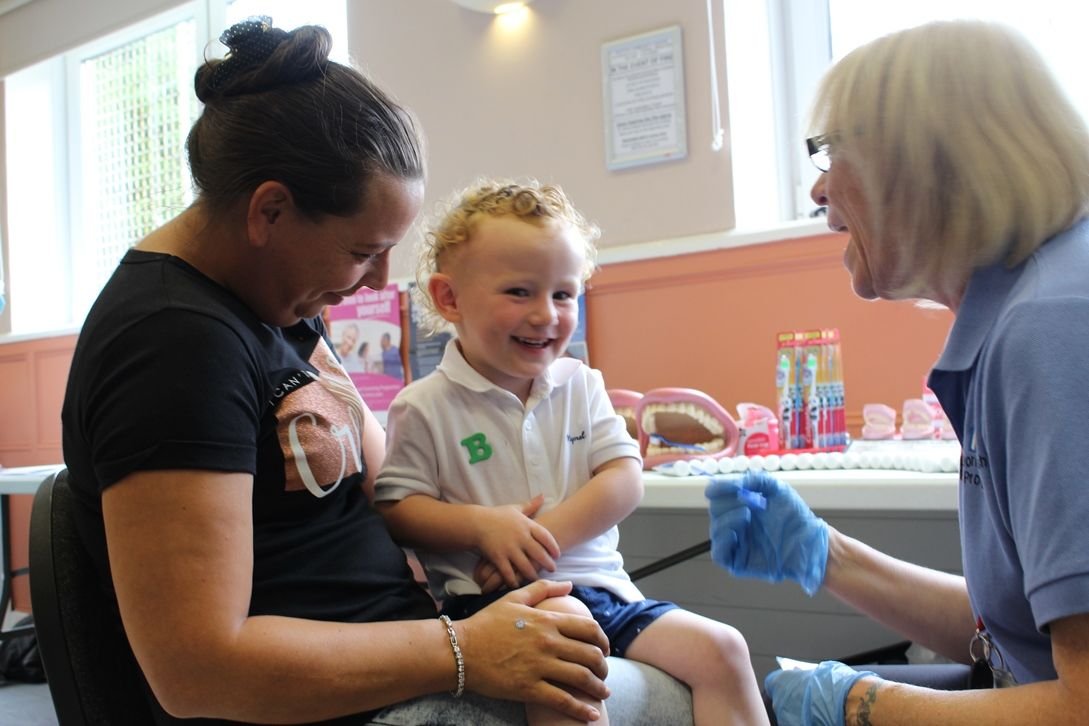 Community pharmacies and general practices are also at the forefront of primary care service delivery – they have continued to care for people throughout the pandemic and they have remained steadfastly there. More recently we have seen dental, and optometry services come back on stream, trying their best to cope with increased patient demand and understandable public anxieties.
Community pharmacies and general practices are also at the forefront of primary care service delivery – they have continued to care for people throughout the pandemic and they have remained steadfastly there. More recently we have seen dental, and optometry services come back on stream, trying their best to cope with increased patient demand and understandable public anxieties.
Resilient services are sustainable services. The pressures in primary care are as great as in any other sector which makes up our Partnership.
Like many other partners and colleagues, primary care is working out how best to cope with the backlog of unmet health need arising during the pandemic, making sure they help people when they need it. The passion and commitment of staff to address people’s concerns sooner rather than later has been remarkable.
We are seeing people adapting and choosing to access services in different ways, over the phone and remotely through digital solutions. As this continues to become embedded in general practice, patient choice is increasingly important and we need to work hard to not widen the health inequalities which already exist in communities.
General practice has made significant progress in ensuring patients can access digital consultations demonstrating 100% coverage for video and 98 % for online consultations. We are increasingly aware of the barriers that this will also present for many members of our communities. It is still early days and continued evaluation is necessary to avoid exacerbation of further inequalities and to ensure that digital consultations do replace face to face and not duplicate, whilst making sure people who need care don’t get left behind.
The national primary care access survey published in July 2020 shows a high percentage of people continuing to report good overall experience of their GP Surgery. However, there is much room for improvement and variation in the quality and consistency of care remains across our area.
Above all we must listen to what people tell us, triangulating the valuable intelligence through Healthwatch and PCNs reinforcing messages to involve patients in service redesign solutions.
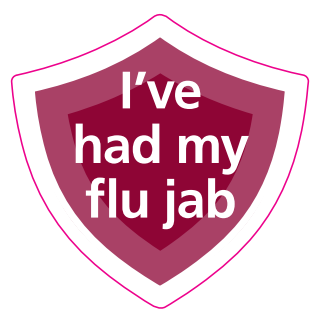 Flu is an unpredictable but recurring pressure that the NHS faces every winter. Vaccination offers the best protection. The take up of the winter flu vaccination has even greater importance this year, given the risk of a flu spike coinciding with spikes in COVID-19. The phase 3 planning guidance sets out requirements for significant expansion of the vaccine programme so that all staff and at least 75% of people in the eligible groups including at risk categories and 65 years and over are vaccinated.
Flu is an unpredictable but recurring pressure that the NHS faces every winter. Vaccination offers the best protection. The take up of the winter flu vaccination has even greater importance this year, given the risk of a flu spike coinciding with spikes in COVID-19. The phase 3 planning guidance sets out requirements for significant expansion of the vaccine programme so that all staff and at least 75% of people in the eligible groups including at risk categories and 65 years and over are vaccinated.
Our response on this will be led locally, and to support these local arrangements Owen Williams, CEO for Calderdale and Huddersfield NHS Foundation Trust and myself (Carol), have agreed to chair a forum to share good practice, address common barriers to progress and ensure that the approach is fully aligned with our local places (Bradford district and Craven; Calderdale, Kirklees, Leeds and Wakefield) and the partnership priorities on health inequalities.
Lots of great work is already happening but now more than ever before if it important that our providers and commissioners work together to ensure the 2.7million people across West Yorkshire are protected this winter. Community pharmacies in West Yorkshire alongside GP Practices and PCNs are planning how best to support the delivery of this seasons flu programme.
Our primary and community care workforce continues to face extreme pressures and we need to ensure that our workforce is looked after and supported now and into the future. Primary care leaders are working hard to complete risk assessments for at-risk members of staff and it is important that we collectively assess the impact of this for them and on service delivery.
One of our most important tasks ahead is expanding the primary care workforce. We have in place several collective workforce plans and initiatives currently progressing; from maximising opportunities for newly qualified GPs and general practice nurses through the new GP and Nurse Fellowship Programme to embed new workforce roles in primary care. This involved working to maximise and create opportunities to work at scale and in partnership whilst ensuring other sectors are not intentionally destabilised.
Working together with colleagues in Yorkshire Ambulance Service, the primary care workforce group supported through our West Yorkshire Training Hub, we have developed a rotational paramedic offer, creating a pipeline of appropriately trained staff to work in PCNs from April 2021.
Alongside this we have had an opportunity to test a Physician Associates (PA) Preceptorship Model in primary care, led by our colleagues at the Bradford Training Hub. Expressions of interest are being sought for a second cohort of PAs planned for November 2020 with the opportunity to recruit a further 20 PAs.
The solutions are there in everyone, held within our organisations and relationships; it’s down to us all to make the very best of these opportunities.
Thanks for reading and have a safe, healthy weekend,
Carol and Kathryn


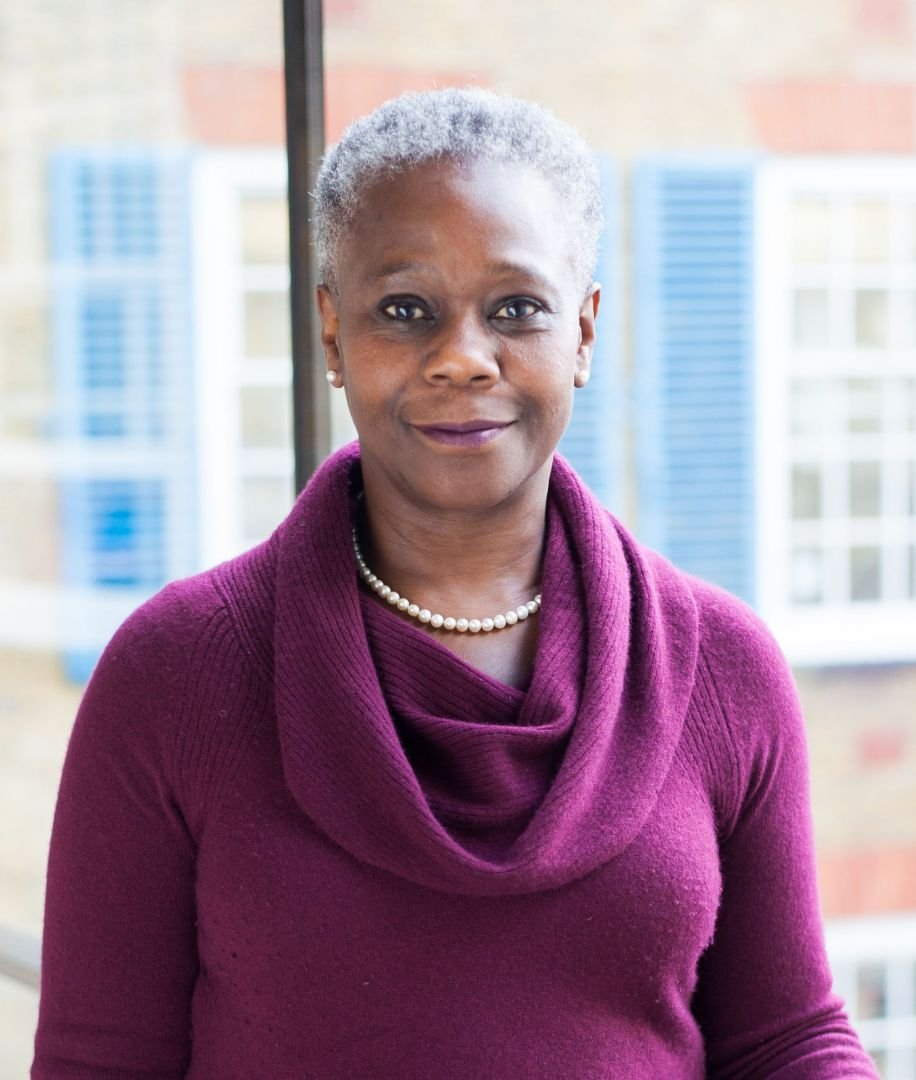 The fourth review panel meeting for supporting our Black, Asian and Minority Ethnic communities and colleagues took place on Wednesday. The meeting was chaired by
The fourth review panel meeting for supporting our Black, Asian and Minority Ethnic communities and colleagues took place on Wednesday. The meeting was chaired by 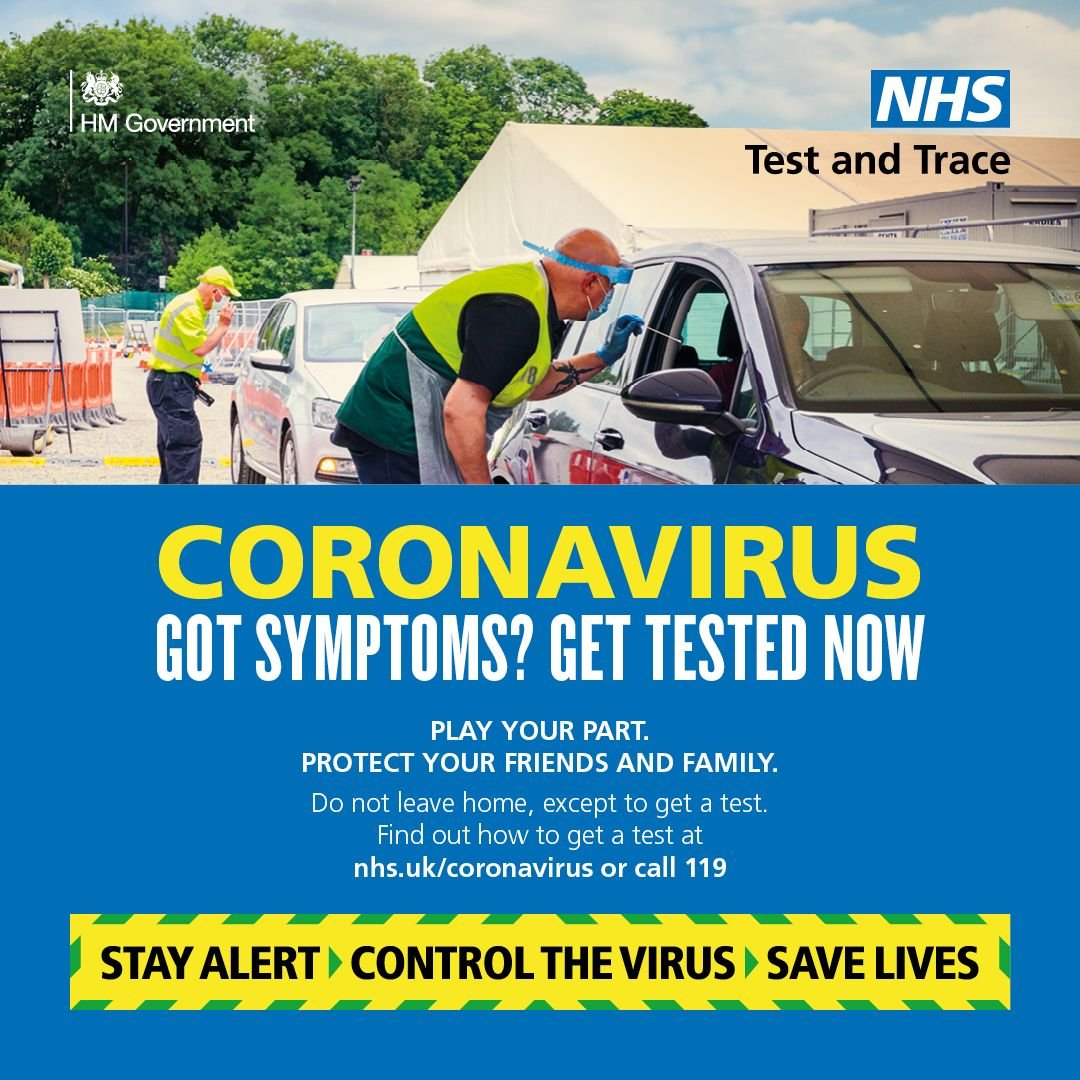 The West Yorkshire, Test, Trace, Isolate Programme met last Friday. It includes colleagues from public health and the NHS. The senior responsible officer for the programme is
The West Yorkshire, Test, Trace, Isolate Programme met last Friday. It includes colleagues from public health and the NHS. The senior responsible officer for the programme is 
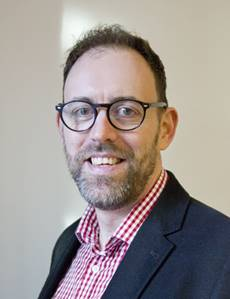 The Clinical Forum met virtually on Tuesday. The meeting was chaired by
The Clinical Forum met virtually on Tuesday. The meeting was chaired by 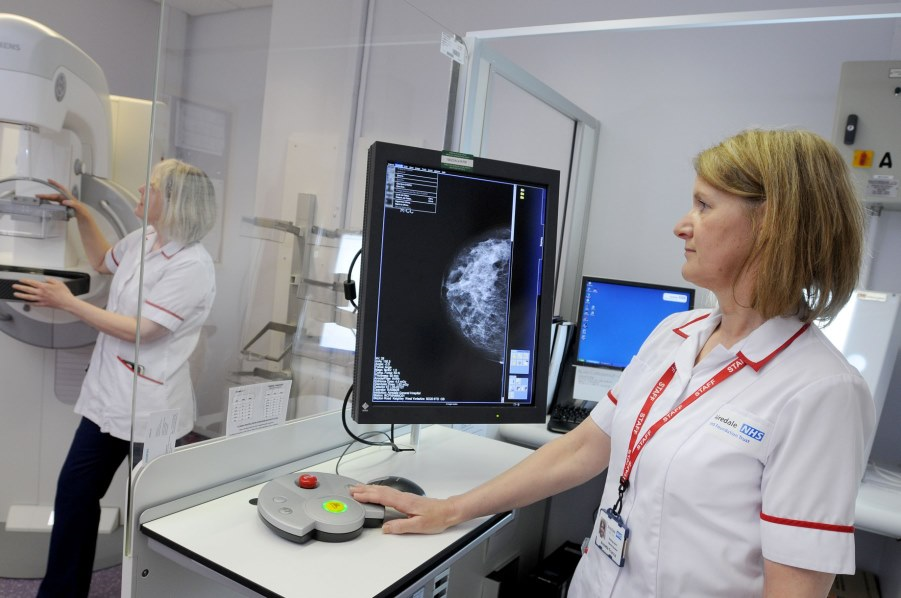 Radiology - image-sharing software live at Bradford Teaching Hospitals
Radiology - image-sharing software live at Bradford Teaching Hospitals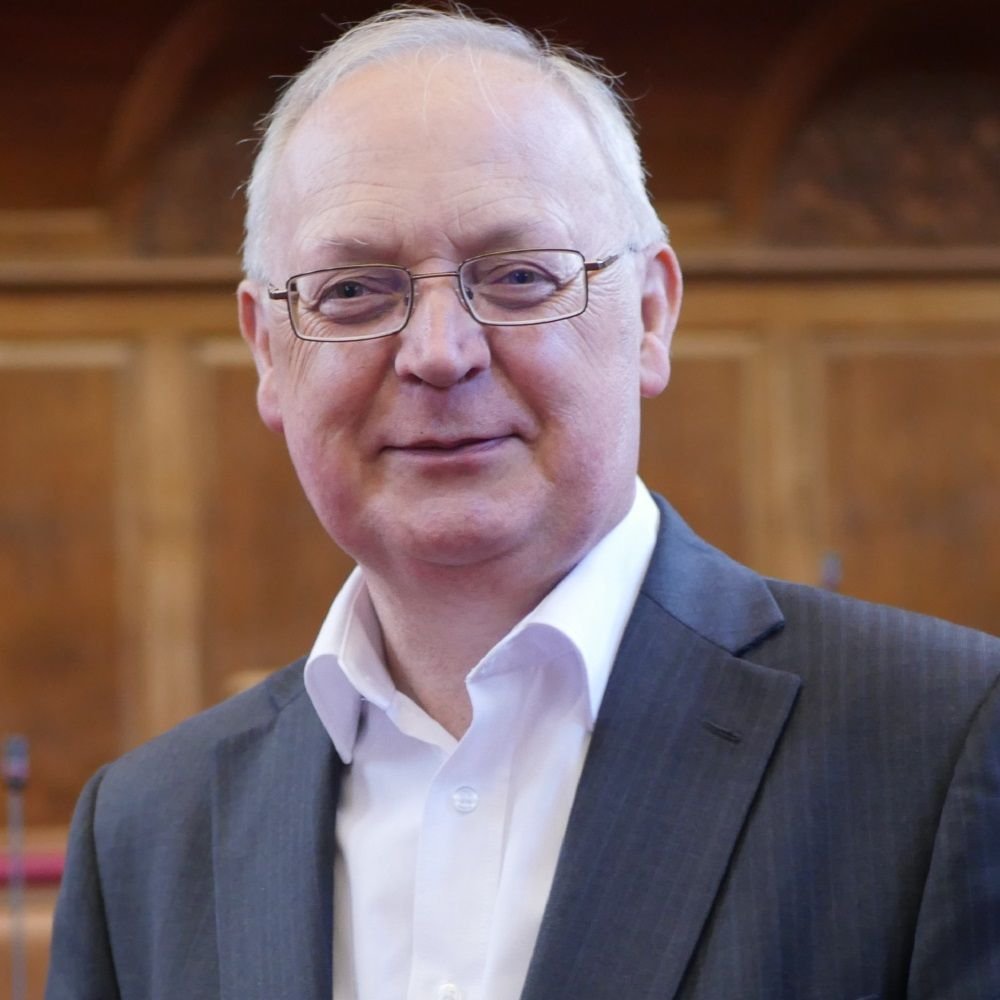 The Partnership Board met virtually in public for the sixth time on Tuesday. It was chaired by Cllr Swift, Leader of Calderdale Council. Our Partnership is bringing the local NHS, councils and communities closer together by establishing a new Board to strengthen joint working arrangements between all
The Partnership Board met virtually in public for the sixth time on Tuesday. It was chaired by Cllr Swift, Leader of Calderdale Council. Our Partnership is bringing the local NHS, councils and communities closer together by establishing a new Board to strengthen joint working arrangements between all